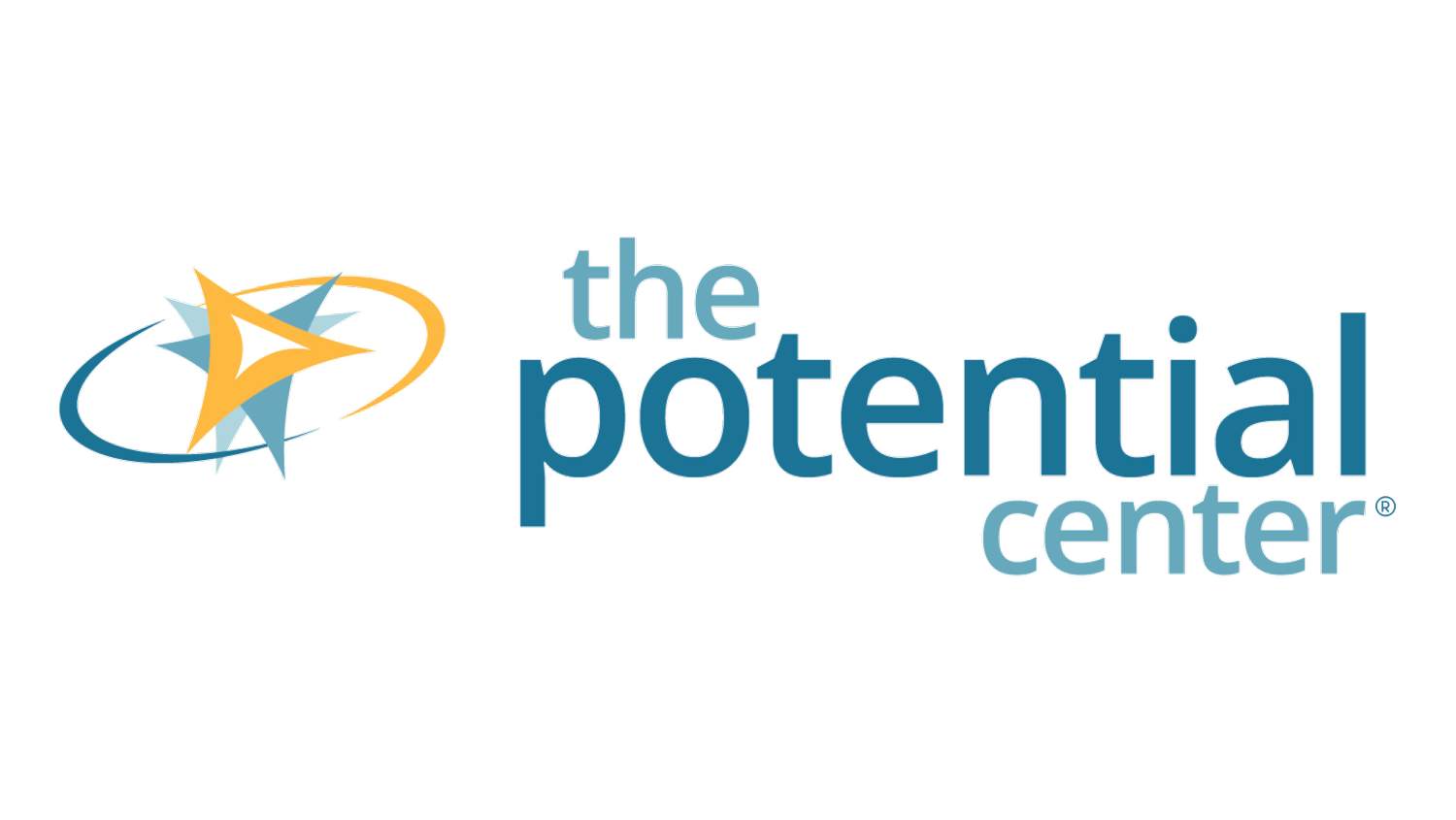Innovation in Covid Times (yes, it’s possible!)
Matt Ridley on Unsplash
The 5 keys to unlocking team innovation while working at home
Even though you’re not working in the same location, you can still get creative and generate new ideas. These are the five keys to continue creatively solving problems together in these Covid times:
1. Good Communication
Riffing off of each others’ ideas requires being able to hear those ideas. Whether you’re hearing in real time – eg. through planned meetings – or via digital communication, it’s important to listen to each other. The other side of the coin is to respond with respect – it’s one thing to prod at an idea to make sure it’s robust, it’s another – unacceptable – thing to disrespect someone for having an idea or for trying to find the holes in someone else’s idea. (Mind you, if you’re really good at brainstorming together you won’t remember where the idea came from anyway!)
2. Project Management Tools
Innovation takes planning. It’s important that everyone involved knows the timeline, milestones, and the critical junctions at which decisions need to be made. Use the project management tools you already have, and upgrade to a new tool if the current one isn’t satisfactory.
3. Update Processes
…as necessary. If the old ways aren’t working as well because folks are working in new ways, then you may need to update existing systems and processes, or develop new ones, to account for the new protocols.
4. Special Innovation Events
Software companies regularly host ‘hackathons’. What kind of event could you host in your company that would involve groups of people in creative thinking?
5. Walk the Dog
… and yourself. Motion is one of the easiest ways to generate new ideas. Take yourself out for a walk when you’re feeling stuck and be open to what comes to you.
What can you add to this list?
If you’re suffering from Zoom fatigue
“Zoom fatigue” is affecting millions of employees working from home – are you one of them? Zoom fatigue is real. It not only saps your energy, it can affect your ability to focus for any length of time. And one thing we all need right now is the ability to focus and get the job done.
While video communication helps people feel more connected, video calls can be more draining than a traditional phone call. The reason for this is because of the way our brains are wired. “When we interact with people face-to-face, we're not only listening to their voices and looking at their faces—we're picking up on social cues like hand movements, body movements, and even a person's energy,” Brian Wind, PhD, co-chair of the American Psychological Association, and adjunct professor in Vanderbilt University’s psychology department explains. In a video conference with multiple participants, the brain has to work overtime to process the information it’s seeing – and not seeing. “[The brain] isn't picking up the social cues it's used to identifying,” Wind explains. “This places stress on the mind and uses up a lot of energy, which is why you might feel exhausted or stressed after a long [video] call.”
Antidotes for Zoom fatigue
· Review your schedule - avoid back-to-back video calls.
· Take the advice you give your kids and reduce your screen time and exposure to the stressful blue light it emits. Arrange phone calls instead. Phone calls have the added advantage that you can get up and walk around while you talk, and you can wiggle and sprawl in your seat and no one will see you!
· Schedule time in the day for a “digital detox” – discover the joys of thinking via pen and paper.
· Take breaks from your home office – a walk around the block is a great refresher; play with your kids or pets, dance for five minutes, or meditate for ten.
Light Bulb Thinking™
With the right support, any organization, team, and individual can learn creative ways to solve problems. At The Potential Center™, our mission is to simplify the creative problem-solving and innovation process so you can address urgent, pervasive and expensive problems. All while building better working teams.
Light Bulb Thinking™ demystifies and systematizes the creative problem-solving and innovation processes to open the door to fresh ideas and creative strategic solutions.
Subscribe to the blog here.
…And help colleagues and friends that would also appreciate a creative perspective on solving problems – forward this post :).
I’d be happy to have a conversation if you’d like to further explore a particular concept, or if you’re stuck on how to make the shift towards more creative problem-solving in your organization. Contact me at Ellia@ThePotentialCenter.com and we’ll arrange a time to talk.

